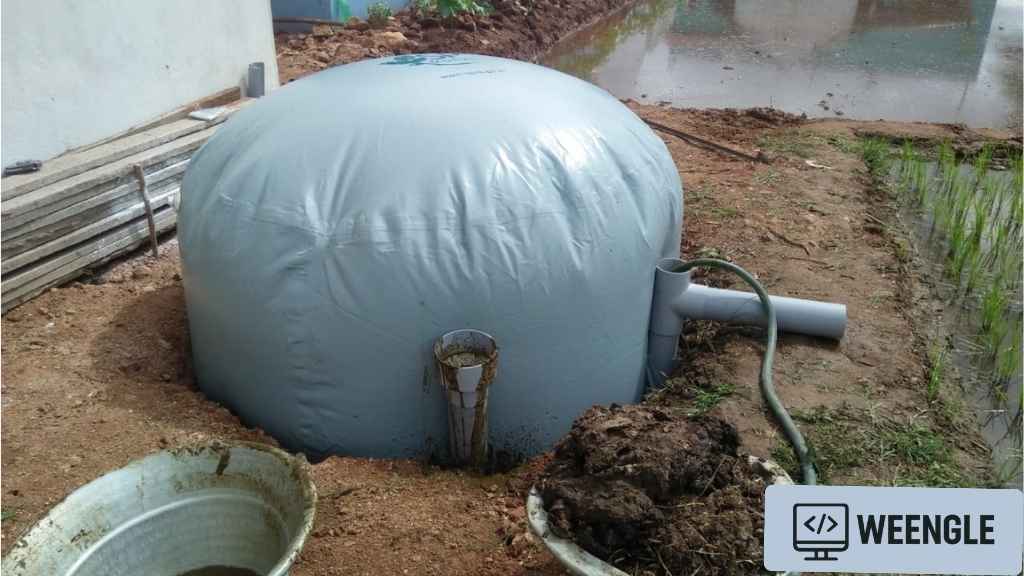In 2025, the global push for sustainability is stronger than ever, and one innovative solution gaining traction is biogas production from kitchen waste. This eco-friendly technology not only reduces household and commercial waste but also provides a clean source of renewable energy. As environmental concerns and energy demands rise, biogas from kitchen waste stands out as a practical, scalable, and sustainable solution.
What is Biogas?
Biogas is a mixture of gases, primarily methane (CH₄) and carbon dioxide (CO₂), produced through the anaerobic digestion of organic materials by bacteria. When kitchen waste such as vegetable peels, leftover food, and spoiled produce is fed into a biogas digester, it undergoes decomposition in the absence of oxygen, releasing biogas that can be used for cooking, heating, and even electricity generation.
Why Biogas from Kitchen Waste is Crucial in 2025
1. Waste Management
Every day, tons of food scraps end up in landfills, where they release methane, a potent greenhouse gas. Converting kitchen waste into biogas helps divert organic matter from landfills and reduces harmful emissions.
2. Clean Energy Production
Biogas is a renewable energy source, offering an alternative to fossil fuels. Households and small businesses can use biogas for cooking or lighting, thereby lowering dependency on LPG and grid electricity.
3. Soil Enrichment
The byproduct of biogas production is a nutrient-rich organic slurry, which can be used as a natural fertilizer. This promotes sustainable agriculture and reduces the need for chemical fertilizers.
How Biogas Plants Work
A biogas plant for kitchen waste typically includes:
- A digester tank where waste is broken down by microbes
- An inlet chamber to feed kitchen scraps
- A gas holder to collect biogas
- An outlet for slurry discharge
Modern compact biogas units are now available for home use, making it easier than ever to adopt this technology at the grassroots level.
Benefits of Biogas from Kitchen Waste:
- Reduces household waste volume by up to 60%
- Lowers carbon footprint
- Decreases reliance on fossil fuels
- Promotes circular economy practices
- Produces valuable organic fertilizer
Biogas Projects and Government Support in 2025
Countries around the world, including India, Germany, and Kenya, are encouraging biogas initiatives through subsidies, tax benefits, and awareness campaigns. In 2025, the trend is shifting toward micro biogas plants for urban homes and community-scale digesters for apartment complexes and restaurants.
Steps to Start Your Own Kitchen Waste Biogas System
- Assess daily organic waste generation
- Choose the right biogas plant size
- Install the unit in a well-ventilated outdoor space
- Feed it daily with food scraps, but avoid oily or non-biodegradable items
- Use the generated gas via a proper connection for household purposes
Challenges and Solutions
While biogas has immense potential, challenges include:
- Initial setup cost
- Space requirements in urban settings
- Lack of awareness
Solution: Governments and NGOs in 2025 are focusing on education, offering subsidies, and encouraging local manufacturing of compact units to overcome these barriers.
Conclusion: A Step Toward a Greener Tomorrow
Biogas from kitchen waste is no longer a niche idea—it’s a vital component of sustainable living in 2025. Whether you’re a homeowner, a restaurant owner, or a policymaker, adopting or supporting biogas systems can make a measurable difference to the environment, economy, and energy independence.
🌱 Make 2025 the year you turn your trash into treasure – choose biogas and power your life sustainably.

